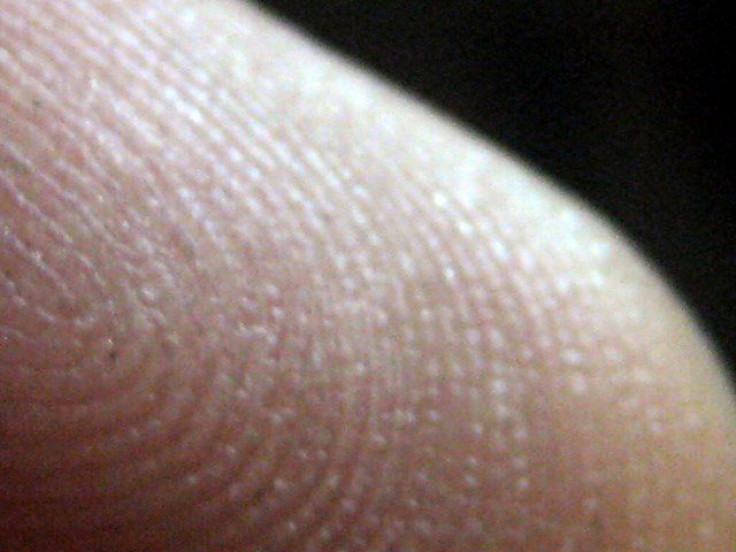Human Touch Detects Objects Smaller Than Bacteria: Nanoscale Sensitivity May Have Wide Industrial Application

Your sense of touch is way more sophisticated than you can imagine. A new study indicates that our tactile capacity extends far beyond our visual range, allowing us to detect objects on the nanoscale. Researchers believe that the findings may inspire new developments in a wide variety of fields.
The new study, published today in the Nature journal Scientific Reports, sought to appraise the human sense of touch in terms of our capacity to differentiate rough and smooth stimuli. Together with a group of psychologists, material scientists evaluated the test subjects’ ability to detect miniscule “bumps” along a smooth surface. According to lead researcher Mark Rutland of the Royal Institute of Technology in Stockholm, Sweden, the surprising findings shed new light on a traditionally overlooked faculty.
"What you're capable of sensing and how you use your finger to sense a surface, up until recently has been a little bit of black art," he explained to ABC Science. "There are other stimuli like heat, cold, wetness, but we've excluded them just to be able to focus on the topographical stuff."
To test the hypothesis, the researchers enrolled 20 volunteers in an experiment. After being blindfolded, the participants were asked to run their index finger across 16 polymer surfaces featuring a series of tiny, parallel ridges. The height of these ridges ranged from 7 nanometers to 4.5 micrometers, and their wavelengths from 300 nanometers to 90 micrometers.
For reference, a nanometer is 1×10−3 micrometer, or one thousandth of a micrometer. A micrometer is one thousandth of a millimeter, or about 0.000004 inches.
"The participants could distinguish a surface which had a 13-nanometre average amplitude from a smooth surface," Rutland told reporters. "I was surprised and very very excited."
The research team has every right to be excited. The nanometer is a tremendously minute unit used to measure worlds far beyond those perceived by the eye. The scale measures viral activity, unfolding chemistry, and the wavelength of light. A ribosome, for example, is about 20 nanometers in diameter.
While the electronics industry and its booming touchscreen technology may stand to benefit the most from the findings, Rutland is confident that virtually all industries will value a more sophisticated understanding of touch.
"If you pick up a product in a shop, you [the manufacturer] want to be able to give something in addition to it looking nice or smelling nice. You want it to be able to feel a certain way and control that reaction on a multi-sensory level," he explains. "In fact, anything that a consumer would touch before buying, like a paper surface, would all be candidates for this tactile control."
Source: Lisa Skedung, Martin Arvidsson, Jun Young Chung, Christopher M. Stafford, Birgitta Berglund & Mark W. Rutland. Feeling Small: Exploring the Tactile Perception Limits. Scientific Reports. 2013.



























